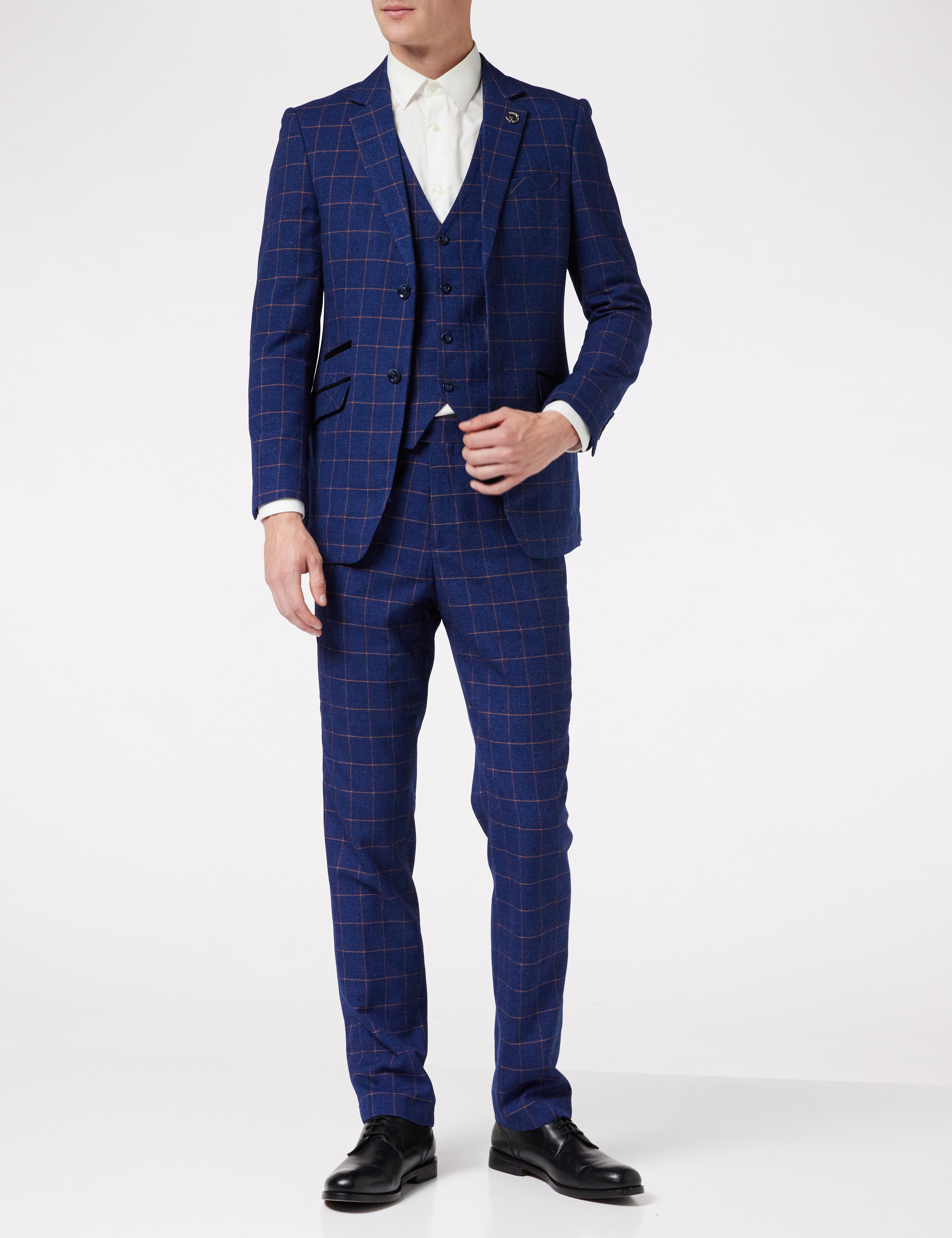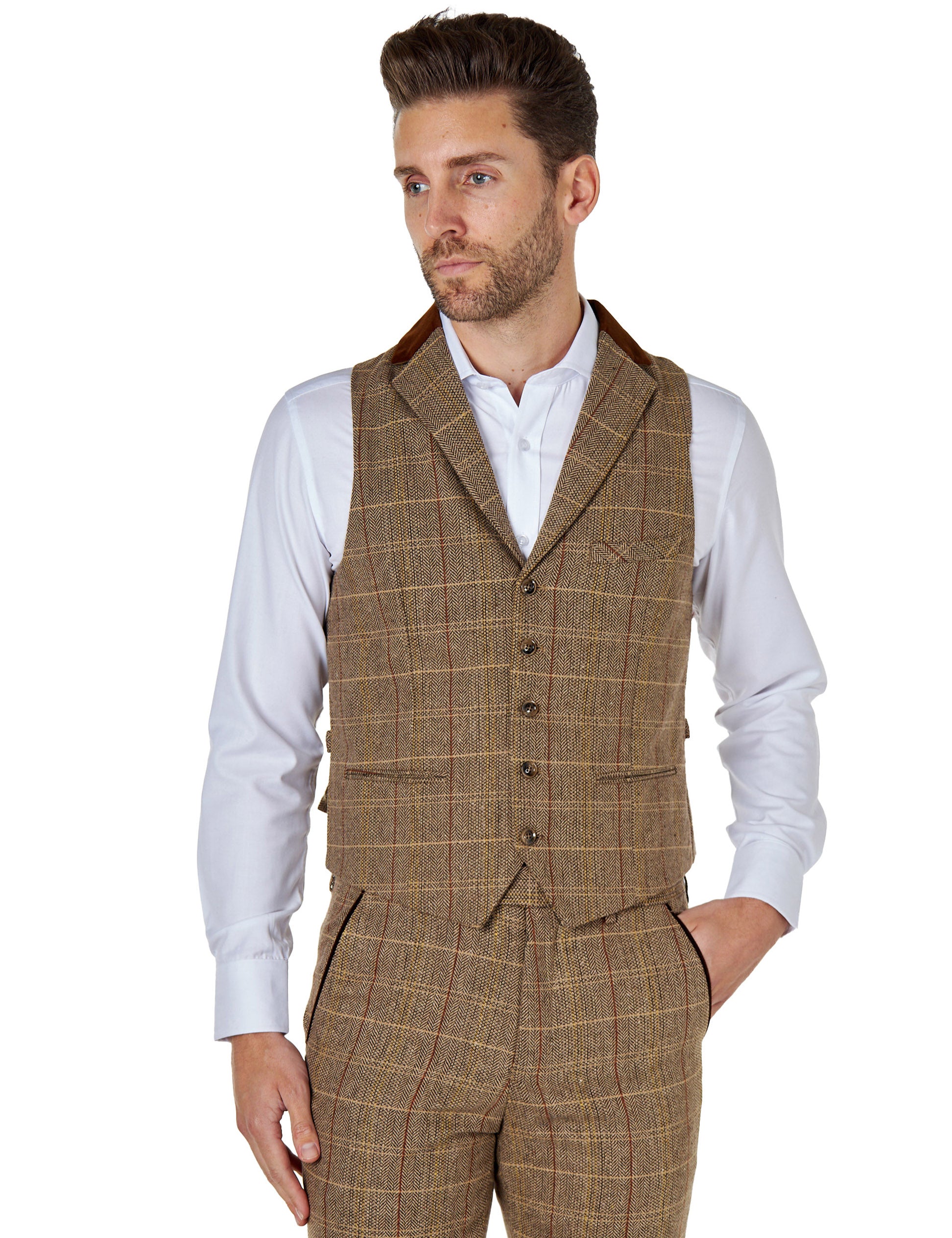How to Wash a Winter Coat
Your winter coats aren’t just there to keep you warm – they need to look spot on at all times. Whether you’re commuting, heading out for the night or touring the Christmas markets, they’re your visible outer layer that show what a stylish gent you are.
Unfortunately, winter can be a particularly challenging time when it comes to keeping your coat looking like new. There’s the weather, for starters – rain, snow and sleet aren’t great for most fashion coats. Throw in puddle splashes, falling leaves and the odd glühwein incident, and your winter coat can get grubby before you’ve even started your advent calendar.
In this article, we’re going to cover the basics of washing a few key types of winter coat. Hopefully by the end, you’ll know how to make sure your coats are ready to wear the moment you’ve read the weather report.

General guidelines for washing winter coats
Before plunging into the specifics of each coat type, let’s establish a golden rule – that is: read the label. Clothing manufacturers know exactly how to clean the fabrics they use, so the care instructions are your cheat sheet. If it says dry clean only, don’t treat that as a suggestion – it’s off to the cleaners for you.
If you’re self-washing, invest in quality detergents designed for delicate fabrics and avoid harsh chemicals at all cost. Your coats will thank you. When in doubt, test a small, preferably hidden, area first. The aim is to preserve the coat’s integrity, ensuring it serves you not just this winter, but for many more to come.
Washing smart/formal overcoats
Formal overcoats are often made with delicate fabrics like wool blends and cashmere. Such materials aren’t fond of washing machines. Whether the label says it or not, we’d always opt for professional dry cleaning to maintain structure and finish.
For spot cleaning at home, gentleness is key. A soft cloth and mild detergent solution are your best allies. Treat spills and stains promptly to avoid permanent damage. Red wine or sauce on a light overcoat will probably need a bit of a soak if you want to stop it from dyeing the fabric. Even a dry clean can’t guarantee removing such marks, so you might have nothing to lose by keeping the coat wet until you can get it to a dry cleaner.
Caring for casual jackets
Casual jackets tend to use materials such as cotton or synthetic blends. Fortunately, these are more forgiving with washing machines, so you should be OK washing them at home. However, always select a gentle cycle and cool water. Fasten all zippers and turn the jacket inside out to protect external finishes. Air drying is preferable, as tumble drying could distort the shape. Such jackets may be casual by nature, but they still need to have a certain structure to them, or they can look cheap and slovenly.
Cleaning insulating coats
Ski coats and other outdoor winter coats are often filled with natural down or synthetic fibres. Their value lies in their insulating properties, which careless washing can remove. Read the instructions, but these more rugged garments are often designed to be washable by hand when you’re out in the wilderness. In other words, it’s unlikely that they’ll be dry clean only. However, some “outdoor” jackets are the equivalent of a school-run SUV – they’re designed with rugged aesthetics, but are actually just regular fashion wear. They might prefer a dry clean.
Use a delicate machine cycle with specialised down detergent, if applicable. Tumble drying with dryer balls helps restore loft and insulation, but always keep it low and slow. This method ensures both warmth retention and prolonged usability, preserving your coat for seasons to come.
Maintaining raincoats
Raincoats tend to have some sort of impermeable layer on them that stops the water getting in. There are many ways of doing this, from waxing and rubber-coating to hi-tech breathable fabrics which supposedly let sweat out while keeping rain away.
Washing these coats is generally a balance between cleanliness and maintaining waterproof integrity. Thanks to their waterproofing, grime tends not to soak in, so a damp cloth suffices for regular maintenance – just keep on top of it, wiping after each wear. When a deeper clean is necessary, refer to the instructions, so you don’t compromise the waterproof veneer. With some types of jacket, especially waxed jackets, you might need to periodically re-treat it, so refer to the manufacturer’s literature.
Washing parkas
Good quality parkas tend to be pretty rugged and ready to take a bit of punishment in the wash. For machine washing them, ensure all pockets are empty and fur trims detached (if possible), and zips secured. Use a mild detergent on a gentle cycle, so you help the coat keep its shape and colour. Like insulating coats, tumble dry with balls or a couple of clean drying balls to rejuvenate the insulation, paying special attention to dry any fur trims separately.
Treat your coat like any other fashion
It can be tempting to treat your winter coat as a garment to protect your good clothing, rather than it being fashion in itself. Sure, it does play that role in part, but that doesn’t mean you shouldn’t take measures to keep it looking as smart as possible. Your coat often represents someone’s first impression of your style, just like your suit does, so prioritise taking care of it when winter comes around.









